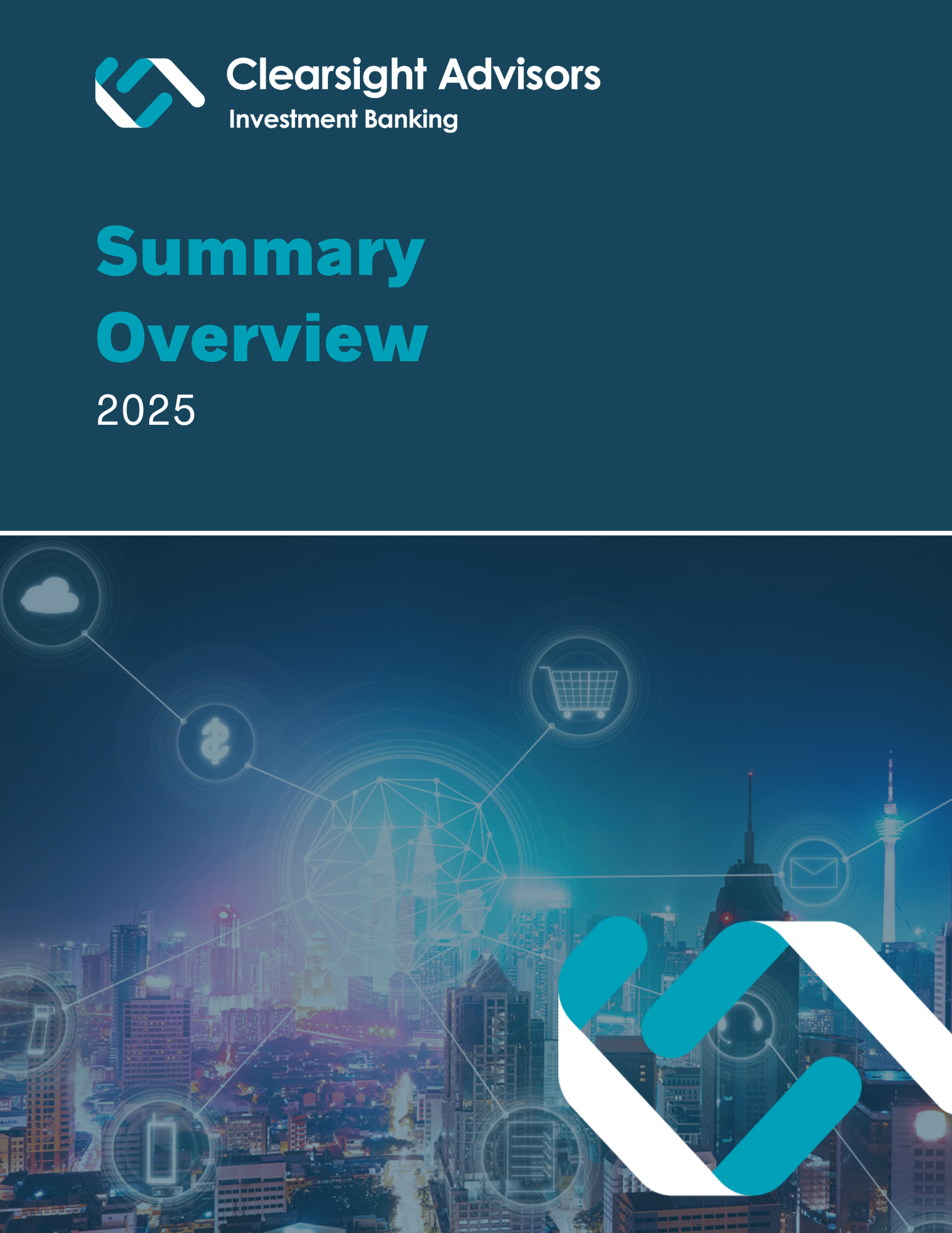GenAI’s Role in Respondent Data: Revolution or Evolution?
The market research industry stands at another pivotal and transformational moment. From Nielsen’s pioneering of TV set-top boxes in the 1950s, to online adoption in the 2000s, each technological leap has reshaped how we reach consumers and gather data and insights. Today, generative AI (GenAI) promises a similar transformation and opportunity, but the industry must proceed thoughtfully.
The Fraud Wake-Up Call
In April 2025, the Department of Justice indicted leaders at Op4G and Slice for a decade-long scheme involving $10 million in fraudulent survey data. The companies allegedly paid respondents to provide steered answers, then sold this compromised data as legitimate research. We previously highlighted the market research industry’s data quality challenges in a prior blog post. This case continues to underscore mounting industry pressures—compliance demands, privacy regulations, and the relentless push for faster, cheaper insights—that can tempt firms to cut corners.
The Promise and Peril of Synthetic Data
The timing of the DOJ case is particularly striking as the market research industry has begun to embrace synthetic data, AI-generated responses that mimic real human insights. Synthetic data offers compelling advantages. Need insights from patients with rare medical conditions? Instead of navigating complex recruitment, compliance hurdles, and survey fatigue, researchers can generate AI personas that respond endlessly to questions. The efficiency gains are undeniable: faster turnaround, lower costs, and infinitely scalable sample sizes.
But synthetic data amplifies AI’s inherent biases, particularly confirmation bias. Large language models (LLMs) lack discernment about absolute truth, potentially misleading researchers. The “black box” nature of AI’s decision-making also creates transparency concerns that make corporations and brands wary. It is important to understand the source of the data for LLMs (public or proprietary), how often is it refreshed/updated, and the specific prompts being utilized to drive the responses. Additionally, protecting proprietary data requires enterprise-specific AI models rather than off-the-shelf solutions like ChatGPT, Claude, or Gemini.
The Hybrid Future
We believe the most promising path forward combines human-first research with AI augmentation. Real respondent data remains the foundation of market research—both for training enterprise AI models and validating their outputs. Synthetic data can then fill gaps and extends insights where human research and access falls short.
This hybrid approach mirrors trends across other Knowledge Economy sectors: AI doesn’t replace people but amplifies their capabilities. Market research firms that master synthetic data while maintaining integrity can scale more efficiently. We expect increased adoption of this technology, especially if firms see positive impacts on revenue and margins. Legacy data collection companies may benefit from partnerships or mergers with AI-forward firms. Success will depend on wielding synthetic data with skill, transparency, and rigorous ethical standards.
The Bottom Line
Market research is evolving, not being revolutionized. Synthetic data represents a new, powerful tool in an expanding toolkit; yet, the Op4G and Slice cases remind us that in the rush to innovate, data integrity cannot be compromised. As AI capabilities grow, so must the commitment to ethical, transparent research practices.
Firms that integrate GenAI thoughtfully—maintaining human-first foundations while leveraging AI’s scaling potential—will be best positioned for future success and for M&A and investment opportunities.
Contact the Author

Managing Director, Clearsight Advisors
New York, NY
Sources: Department of Justice, Harvard Business Review, Ipsos, Kantar, Quirk’s Media
Share
